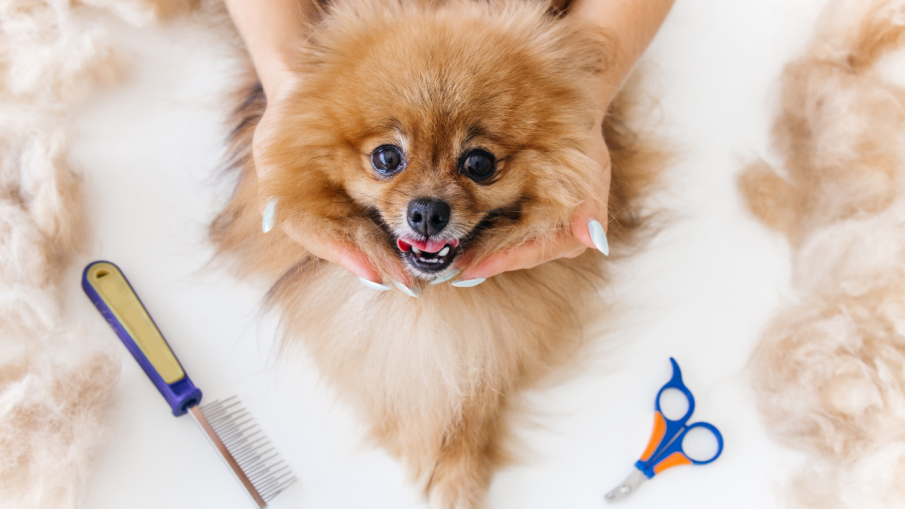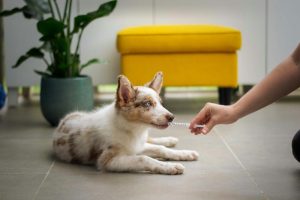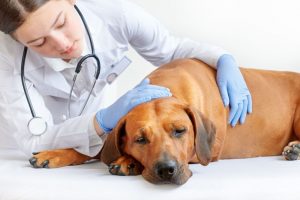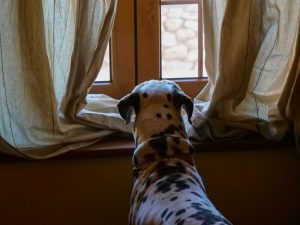Dogs are a part of the family for many people, and they need to be groomed just like everyone else in the family.
The amount and frequency of grooming your dog needs will depend on a few factors, including the type of coat they have, any health conditions they may have, how dirty their environment is, and how much you can afford to spend on grooming.
In this blog post, we will break down all of those factors so that you can make an informed decision about how often you should groom your dog.
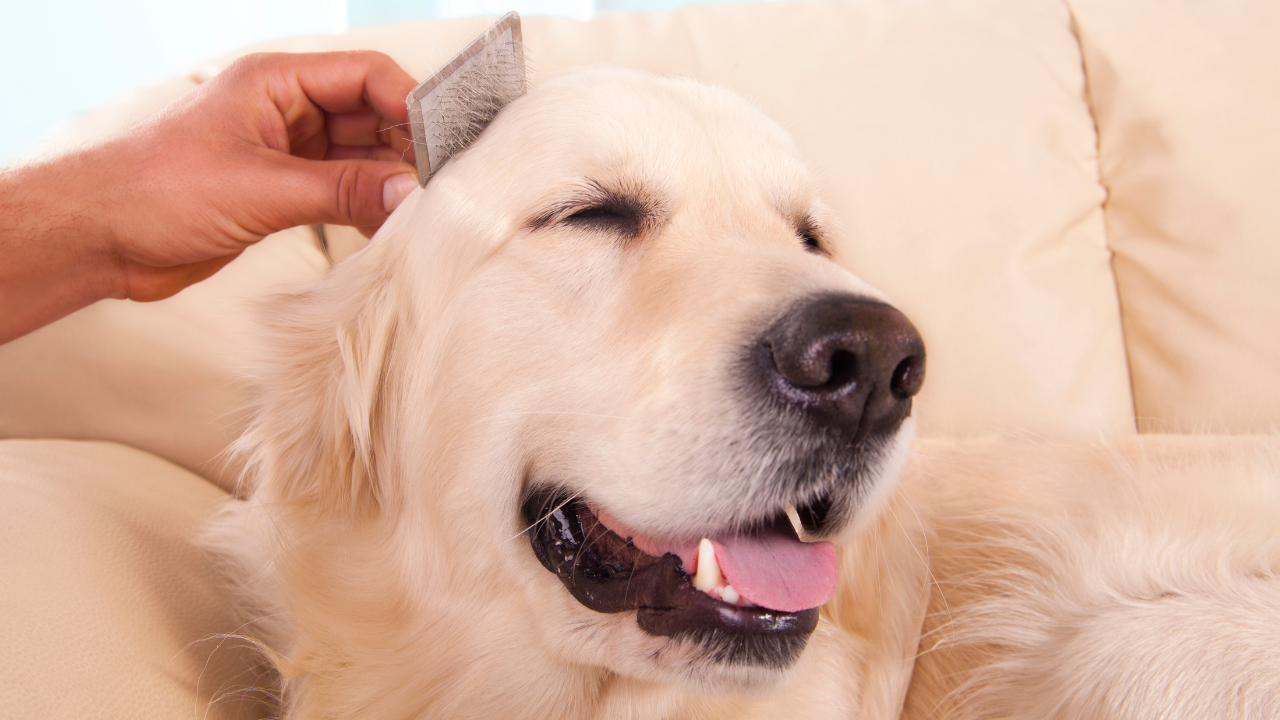
The Main Question: How Often Should I Get my Dog Groomed?
This is a great question and one that doesn’t have a definitive answer.
It really depends on your individual dog and their needs.
For example, if you have a short-haired dog who lives inside and rarely gets dirty, you may only need to take them to the groomer once every few months.
On the other hand, if you have a long-haired dog who loves to play in the mud and gets dirty every day, you may need to take them to the groomer once a week or even more often.
Below you can find some important considerations you should take into account when trying to determine the exact frequency.
First Consideration: Your Dog’s Coat Type
One of the most important factors in deciding how often to groom your dog is their coat type.
- Short-haired dogs: Dogs with short hair collect dirt and debris less often in their coat. As a result, they require significantly less grooming than long coats. The only regular grooming activity they need is brushing. On the one hand, it removes any dirt, distributes the important oils, and you can also get rid of the excess hair caused by shedding. Regular bathing is not that important for these dogs. Unless they roll in something stinky, get into a fight, or play in the mud, you can bathe them once every few months. Short-haired dogs don’t require hair clipping.
- Double-coat dogs with short hair: These dogs have a short outer coat and a thick, dense undercoat. The most popular representatives are the Labrador Retriever, the German Shepherd, and the Golden Retriever. The main task for grooming double-coated dogs is to remove the dead hair from their undercoat. It happens because the shedding process in these dogs is constant but not that intensive. You should do this procedure not that often because these dogs shed seasonally. About four times a year will be definitely enough.
- Long-coated dogs: The coat of long-haired dogs is their most precious asset. It requires special care and attention. These dogs need to be brushed every day. Otherwise, the knots will form, and the coat will become matted. You should also bathe them regularly to prevent dirt and debris from getting trapped in their long coat. Depending on how often your dog gets dirty, you may need to bathe them every 4-6 weeks or even more often. Long-haired dogs also require regular hair clipping to keep their coat from getting too long and matted.
- Silky-coated dogs: Dogs with a silky coat have long, straight hair that is very fine and prone to tangling. The most popular representatives are the Yorkshire Terrier, the Maltese, and the Toy Poodle. These dogs have a single coat, which means they don’t have an undercoat. As a result, they don’t shed as much as double-coated dogs. However, their hair grows long, so they require regular grooming. You should brush them every day and take them to the groomer every few weeks for a haircut.
- Curly and wavy-haired dogs: Dogs with curly or wavy hair have coats that can range from short to long. The most popular representatives are the Bichon Frise, the Poodle, and the Portuguese Water Dog. These dogs require regular grooming to prevent their coat from getting tangled and matted. You should brush them every day and take them to the groomer every few weeks for a haircut.
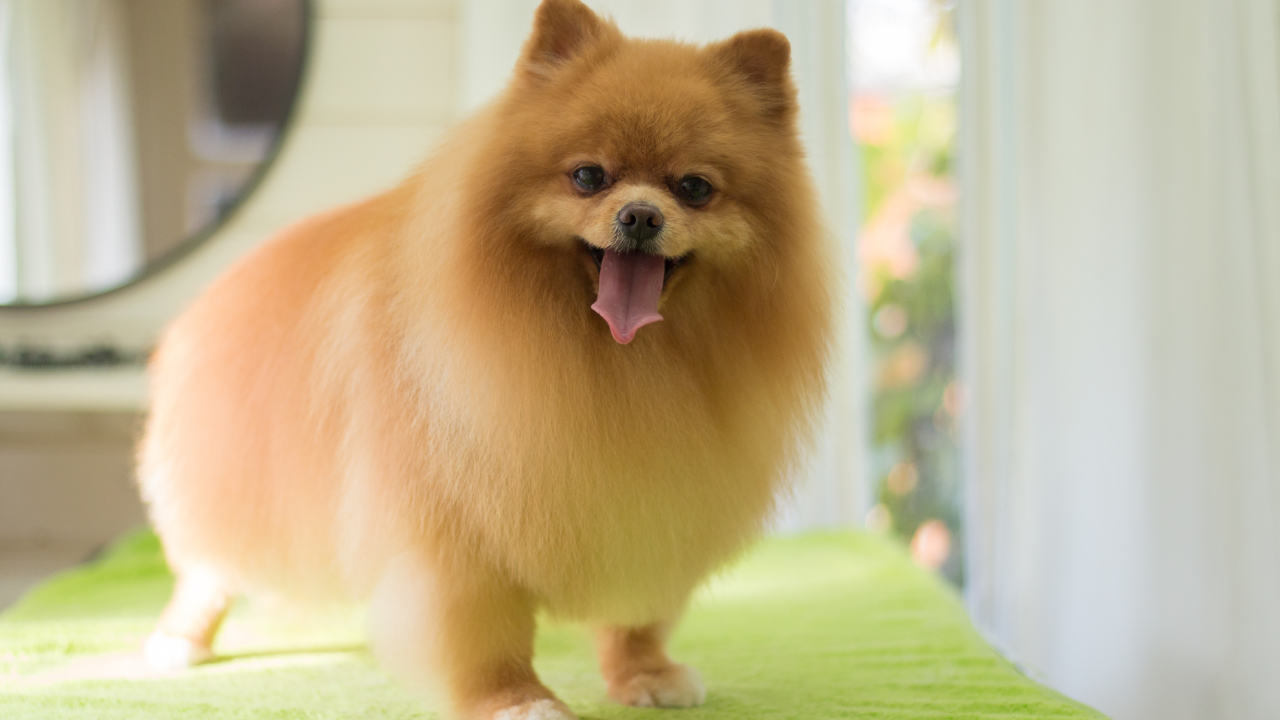
Second Consideration: Your Dog’s Skin Allergies or Other Issues
It’s hard to tell how often you should groom your dog if they have skin allergies or other issues.
Some health conditions require more grooming, and some don’t.
If your dog has allergies, you should talk to your vet about how often you should groom him. There are products that can help you with that, like medicated shampoos, conditioners, and creams.
In the case of skin issues, like seborrhea or dermatitis, you should also talk to your expert about how often you should groom him. In this case, the frequency will depend on the severity of the condition.
Third Consideration: Your Environment
The environment also plays a role in how often you should groom your dog.
In an apartment, you can get away with grooming your dog less often than if you lived in a house.
This is because there are fewer opportunities for your dog to get dirty.
If you live in a rural area, where there are more chances for your dog to get dirty, you will need to groom him more often.
Fourth Consideration: Your Budget
The last thing you need to consider is your budget.
Grooming can be expensive, especially if you have a thick coat dog.
The good news is that you can groom your dog at home if you’re on a budget.
There are many how-to guides and videos that can help you learn how to do these grooming tasks at your house.
In this case, you will need to invest in some good-quality grooming tools, like a brush, comb, scissors, and clippers.
Final Words
As you could see from this article, how often you should groom your dog depends on several factors, like the type of coat, health conditions, environment, and budget.
So, consider all these things when deciding how often to do these tasks.
If you have any questions or concerns, please talk to your veterinarian or a professional groomer. They will be able to help you figure out the best grooming schedule for your dog.

